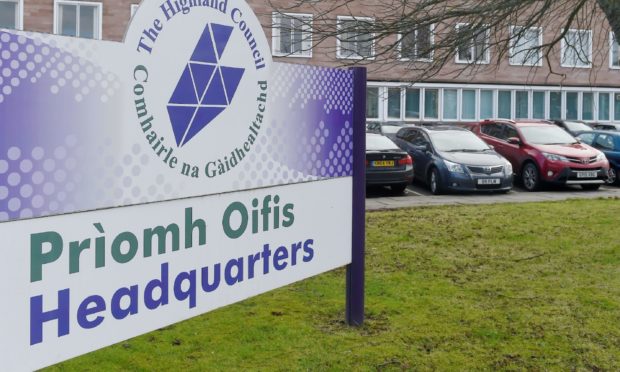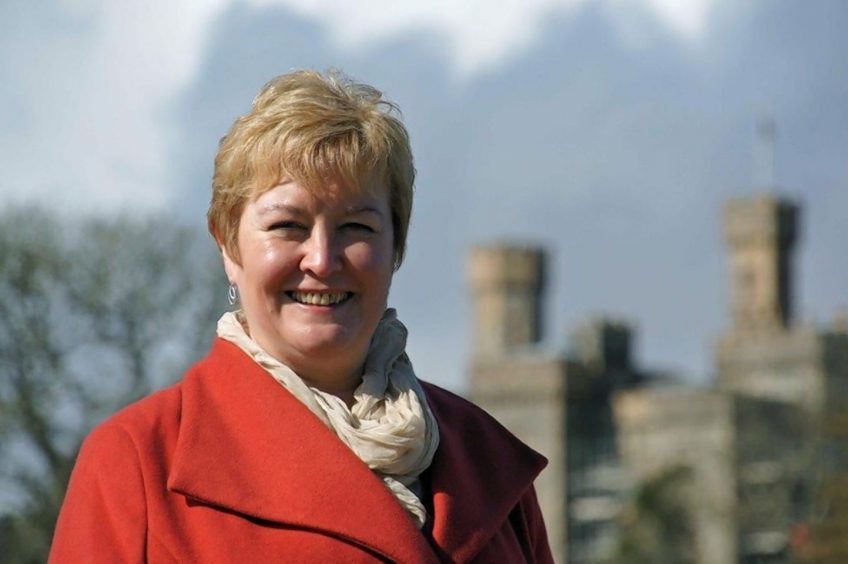Scottish ministers are under intense pressure to protect council budgets after it emerged that close to 600 jobs were lost at just a handful of local authorities last year.
Highland, Moray, Aberdeen City and Dundee City accounted for the vast majority of the workforce reductions in Scotland, leading to new claims that councils in northern Scotland were “shrinking faster” than others during the spending squeeze.
Official data shows that between September 2018 and September 2019, there was a reduction of 290 full-time equivalent (FTE) posts at Highland Council, about 3.7% of the total, and by far the largest reduction in Scotland.
Moray Council had the second highest cut, at 120 posts or 3.3% of the total, while Aberdeen City Council’s workforce shrunk by 100 FTE jobs, and Dundee’s by 60.
Many councils are now being pushed to breaking point in remote and rural areas.”
Only six other local authorities reduced the size of their workforce in period, including Argyll and Bute by 10 employees and Western Isles by 10, while the rest recorded rises.
Longer-term data also shows that Aberdeen City and Dundee City have shrunk by more than a fifth in the last two decades, among the largest reductions in Scotland.
There are several caveats relating to the data, including normal fluctuations, the rounding of annual figures, underestimates of early headcounts for some authorities, such as Aberdeen, but also the failure to take account of the transfer of staff to arm’s length bodies and any impact from the centralisation of police and fire services.
Some councils have increased the size of their workforce in the period, including Aberdeenshire, due to rising local populations and other reasons.
The fears about the future of some local authorities have emerged as Finance Secretary Derek Mackay puts the finishing touches on his Budget for the coming financial year.
Scottish Labour said council budgets had been cut by 7% in real terms between 2013/2014 and 2019/2020, compared with a 2% reduction in Scottish Government funding over the same period.
Rhoda Grant, Highlands and Islands Labour MSP, has written to Mr Mackay, asking for a fair deal for local authorities.
“These employment figures highlight the real and damaging impact of Scottish Government cuts to local authorities in the Highlands and Moray, with workforce numbers shrinking faster here than elsewhere in Scotland.
“Our councils are on the frontline in delivering many essential public services and have suffered for years at the hands of SNP austerity.
“Many are now being pushed to breaking point in remote and rural areas like the Highlands and Moray where often additional challenges already exist to service delivery and a declining workforce will simply compound these problems.
“Continuing these cuts to local government, and in turn their workforces, is jeopardising vital and essential services in local communities and making it incredibly difficult for councils to tackle issues such as the drug death epidemic and the climate emergency.”
Highland Council leader Margaret Davidson said: “At the base of this is the recognition that we need to have less jobs in the council so that we can survive and keep our services going, but at the same time we need to be extremely careful about how we keep our services going, and we’ve tried to be.”
A Highland Council spokeswoman said that workforce figures fluctuated throughout the year.
She added: “Last year’s budget was ‘a budget for jobs’ and Highland Council made it clear that the continued reduction in funding would result in shrinking our workforce.
“This has been achieved by reducing services, making efficiencies and developing a more flexible workforce.
“This means the council has been deleting vacant posts and retraining and moving staff into new roles where possible, rather than using redundancy.”
The figures for Moray Council do not reflect a recent recruitment drive.
A Moray Council spokesman said: “Our reduction in staff numbers is purely down to budget savings.
“The number of staff has reduced through a combination of the deletion of vacant posts; voluntary severance/early retirement; reductions in contractual hours leading to a lower FTE and a small number of compulsory redundancies.”
Graham Leadbitter, the SNP leader of Moray Council, highlighted potential changes to the council funding formula which are in the pipeline.
“The current Cosla formula doesn’t take into account a number of local factors which we believe it should, therefore it is very welcome that Cosla has agreed to review how councils are financed, including the core formula, and that work is now under way,” he said.
‘Fair funding settlement’
A Scottish Government spokeswoman said: “Despite further cuts to the Scottish Budget from the UK Government, we have ensured our partners in local government receive a fair funding settlement – delivering a funding package of £11.2 billion for all local authorities in 2019-20, which is a real terms increase of more than £310 million.
“Local authorities are autonomous bodies, and it is the responsibility of individual councils to manage their own budgets and to allocate the total financial resources available to them on the basis of local needs and priorities, having first fulfilled their statutory obligations and the jointly agreed set of national and local priorities.
“Decisions on budget allocations for future years are subject to the outcome of negotiations with Cosla, the results of which will be confirmed in the Budget on Thursday.”



